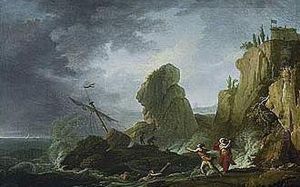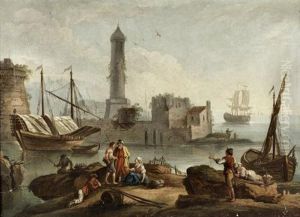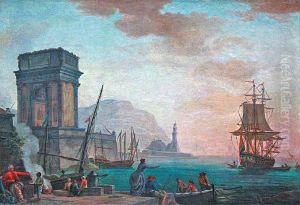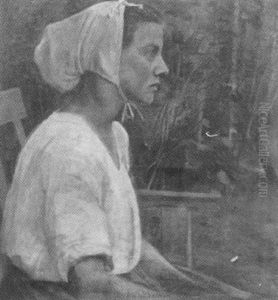Clyde Du Vernet Hunt Paintings
Clyde Du Vernet Hunt was an early 20th-century American artist known for his illustrations and paintings. Born in 1882 in Philadelphia, Pennsylvania, Hunt developed an interest in art at a young age. He pursued his passion for art by studying at the Pennsylvania Academy of the Fine Arts, which has a long tradition of fostering talent in the visual arts.
Hunt's career as an artist was diverse, encompassing illustration, painting, and teaching. He worked as an illustrator for various publications, which was a popular and respected profession at the time, given the demand for visual content in magazines and books before the advent of widespread photography. Illustrators like Hunt were essential in storytelling and journalism. His work in illustration would have involved creating images to accompany text, ranging from stories and novels to advertisements and informational materials.
Beyond illustration, Hunt was also a painter. While less is known about his painting career compared to his illustration work, it is clear that he had a proficiency in this field as well. His style would have been influenced by the prevailing artistic movements of his time, such as realism and impressionism, which were popular in the late 19th and early 20th centuries in America. However, specific details about his painting subjects, techniques, or exhibitions are not widely documented or discussed in mainstream art historical discourse.
In addition to his professional work, Hunt also had a role as an educator. He shared his knowledge and skills with a younger generation of artists, which was a common practice for skilled artists of his era. This would have involved teaching techniques, principles of art, and possibly providing mentorship to aspiring artists.
Clyde Du Vernet Hunt passed away in 1959. His legacy, like that of many artists of the period, may not be widely recognized today, but he contributed to the rich tapestry of early 20th-century American art. His works, presumably, are part of private and perhaps some public collections, although they do not appear to be well-known or frequently exhibited in today's major art institutions.



